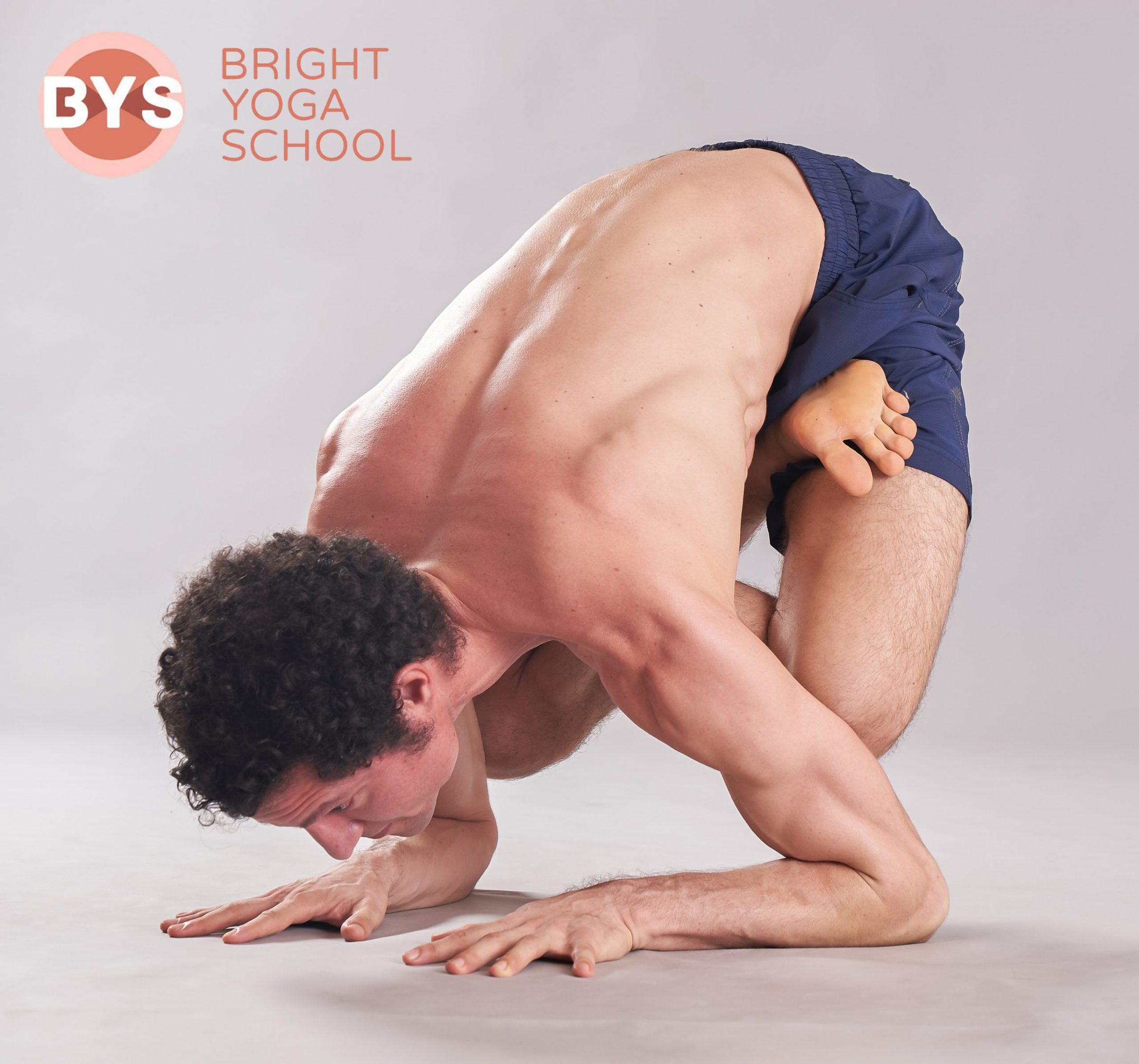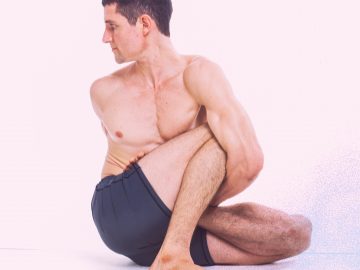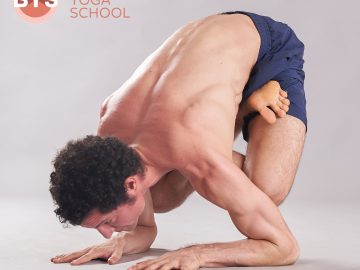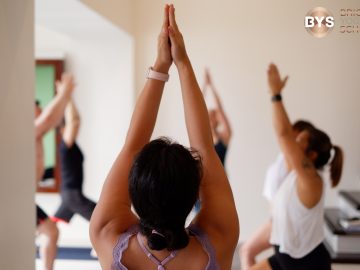In Ashtanga Vinyasa Yoga, there are three spinal Bandhas. We usually heard about them in many yoga styles like Vinyasa, Rocket, and other yoga practices.
When applied, you can concentrate the energy that comes in with breath in the thoracic region and redirects through the nadis or energy channels. Knowing about their location and how to engage them will allow you to create more lightness, inner heath, and flexibility as you move.
These are Mulabandha (located around the pelvic floor, Uddiyanabandha (located three fingers below the navel), and Jalandhara Bandha (situated at the throat’s base).
To engage them, you need to combine your awareness with muscle activation.
Engaging the muscles described above will help you start to get in touch with the “bandha feeling.” However, it is important to mention that Bandhas are not the muscles itself. They are energy locks; in this way will be more accurate if you can combine your awareness with enough/ soft muscle activation.
As a general principle, enough muscle activation means that when you engage the pelvic floor, the belly, and the muscles around the throat, you have to activate them just enough to be able to feel the muscles working. If the body gets too tight and the breathing is also restricted, these are clear sing that the activation that you applied was too intense.
Suppose you can not access your Bandhas through awareness or muscle activation. We have a perfect starting point. Using your Ujjayi Breathing will automatically engage them, engage the legs, keep the ribs moving in, and slightly point your chin down will help you awake them. This will be especially suitable for those who are new to the practice and need a more physical approach to get in touch with the energetic locks
Keep practicing and be patient.
Always ask your teacher if you have any doubt about it.
Enjoy your practice.



